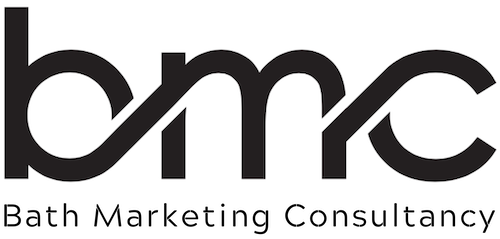In an increasingly competitive marketplace, many prospective clients now compare multiple agencies before making a decision about who to trust with their marketing. While face-to-face pitch meetings still play a significant role, a substantial part of the decision-making process often takes place long before a conversation happens — through the review of a written proposal.
At Bath Marketing Consultancy, it’s understood that a well-written proposal can be just as impactful as a strong in-person presentation. It’s not simply a case of outlining services or listing credentials. A successful proposal should guide the reader through a journey — one that shows understanding, establishes authority, and demonstrates exactly how the agency will solve a specific business challenge.
So, what separates a generic document from one that genuinely resonates?
Start with the Client in Mind
Before a single word is written, the most important principle is to view the proposal from the client’s perspective. Their time is limited, and they’re looking for clarity — not jargon. They want to feel that their needs have been understood, and that your agency is aligned with their goals.
Every proposal should answer the following core questions:
-
Do you understand my problem?
-
Do you have a clear and bespoke solution?
-
Will working with you make my life easier, better, or more successful?
Structure is Key
A compelling proposal should follow a logical flow. It should guide the client through your thought process, demonstrating how you’ve interpreted their brief and how your recommended solution directly addresses their challenges.
To do this effectively, every proposal should adopt the following five roles:
1. Consultant
Present insight. Show you’ve taken the time to understand the market, the client’s position within it, and any pain points they’re experiencing. This builds immediate credibility and positions your agency as a knowledgeable advisor, not just a service provider.
2. Information Provider
Support your thinking with evidence, data, and relevant case studies. Whether it’s analytics, audience research or previous campaign success stories, this information helps substantiate your recommendations.
3. Problem Solver
This is where the real value lies. Outline your tailored strategy and approach — not a standardised list of deliverables. This section should demonstrate exactly how you intend to achieve the client’s objectives.
4. Professional Partner
Language, tone, layout and attention to detail all matter. The proposal should reflect your brand values and professionalism. Typos, inconsistent formatting, or vague timelines won’t inspire confidence.
5. Negotiator
Finally, the commercial side. Be transparent with costs, timeframes and scope. Consider offering tiered options or recommended next steps. Make it easy for the client to say “yes.”
Conclusion
A winning proposal is not about overwhelming the reader with information — it’s about engaging them with relevance and clarity. It should feel like the start of a valuable partnership, not a hard sell.
Bath Marketing Consultancy has delivered successful proposals for businesses across multiple sectors and understands that each one is an opportunity to communicate value, personality, and professionalism. For business owners or marketing leads looking to elevate their new business efforts, investing in a clear, well-structured proposal can make all the difference.
For support with tender submissions, pitch documents, or marketing strategy proposals, the team is always here to help.
📞 01225 436426
📧 paul@bathmarketingconsultancy.co.uk



